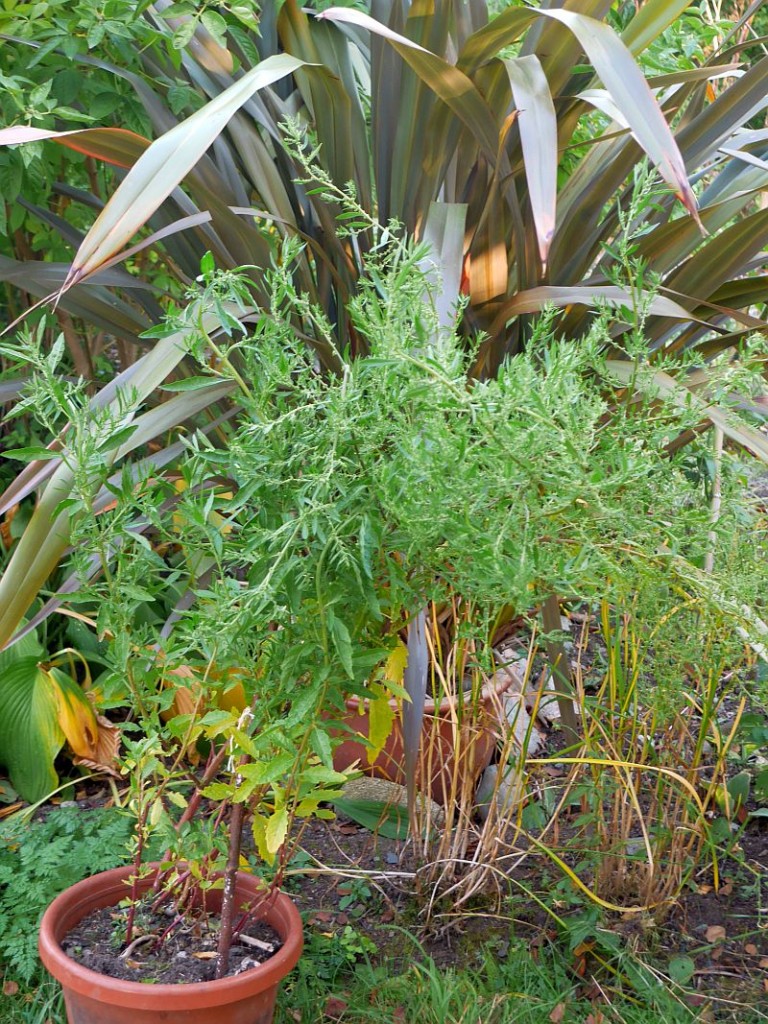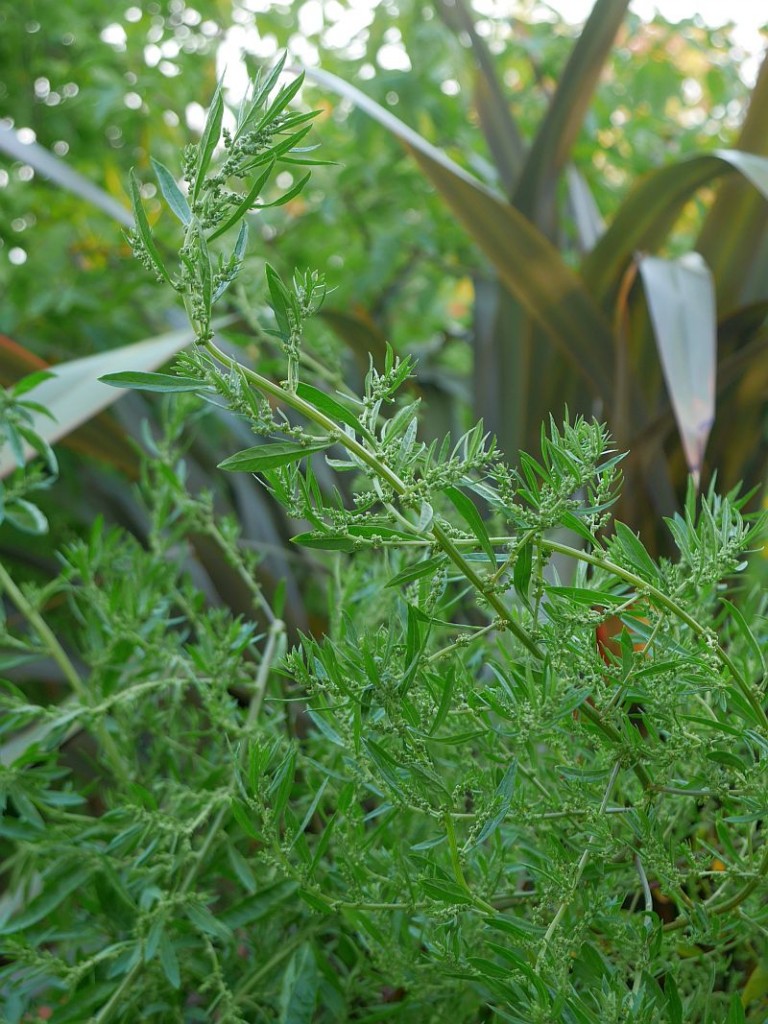This is what I had for dinner last night: a Mediterranean-diet style green (wholegrain spelt) pasta dish with wild fungi, annual greens, broad beans, weeds, golpar, chili and epazote (see more on the ingredients used under the picture!).
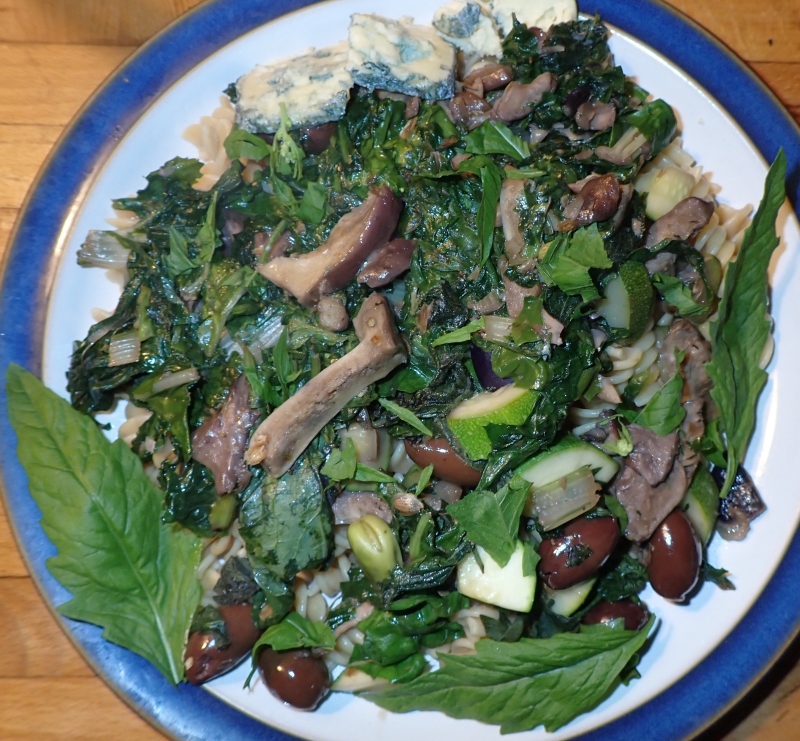
My daughter, Hazel, peeling away the inedible slime layer of slimy spike-cap (sleipsopp):
We used two mild tasting Russula species (kremler):
 Broad beans (bondebønner) and swiss chard (mangold)
Broad beans (bondebønner) and swiss chard (mangold) 

 Shallots (Finnish heritage variety) which were harvested in September 2022 are still looking good:
Shallots (Finnish heritage variety) which were harvested in September 2022 are still looking good: Sonchus oleraceus (common sow-thistle / haredylle), probably my most used veg at this time of year, even though most consider it a weed! WEEDS ARE TO FEED!
Sonchus oleraceus (common sow-thistle / haredylle), probably my most used veg at this time of year, even though most consider it a weed! WEEDS ARE TO FEED!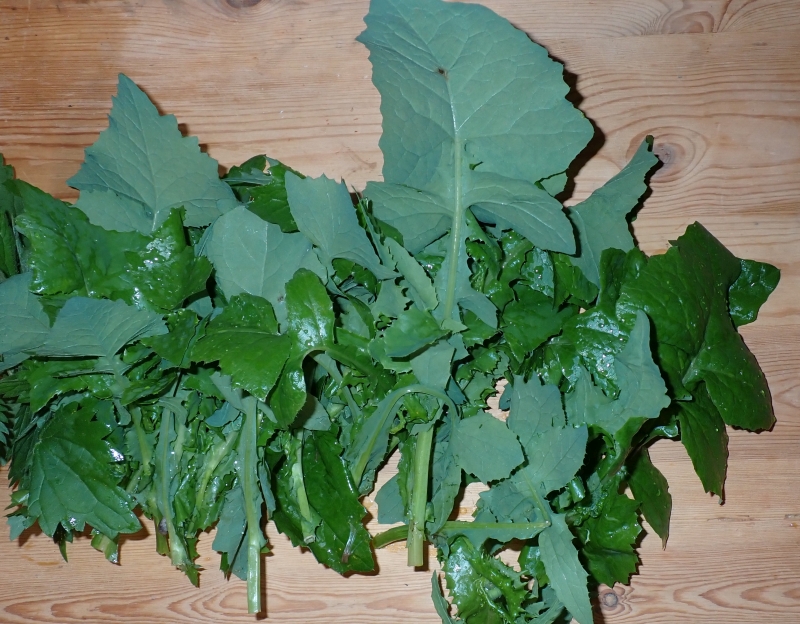
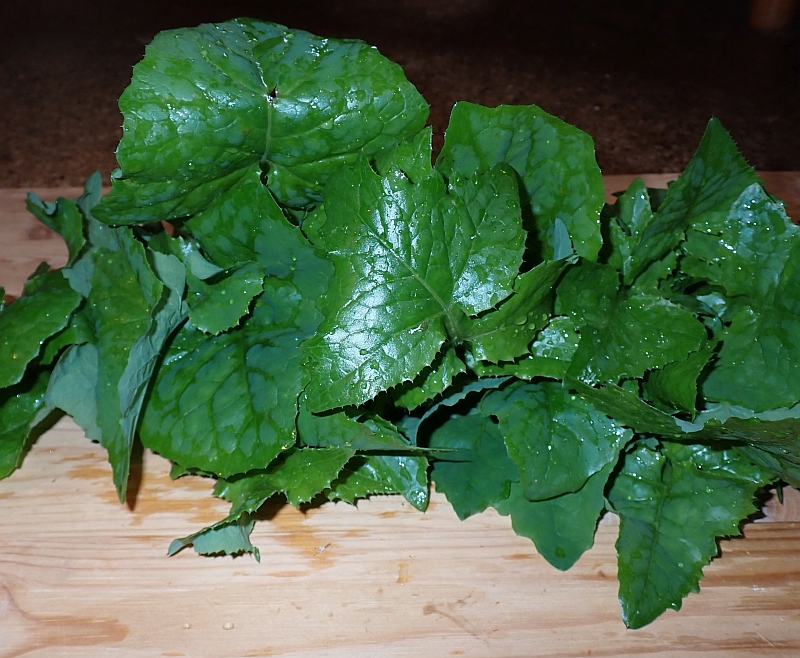
Epazote, wormseed / sitronmelde (Chenopodium ambrosioides), leaves from an 11-year old plant which is overwintered indoors in a cold room down to 3-4C:
 Even the guest bed is in use for drying seed! Here is the 2023 crop of golpar (Heracleum spp.) seed :) :
Even the guest bed is in use for drying seed! Here is the 2023 crop of golpar (Heracleum spp.) seed :) :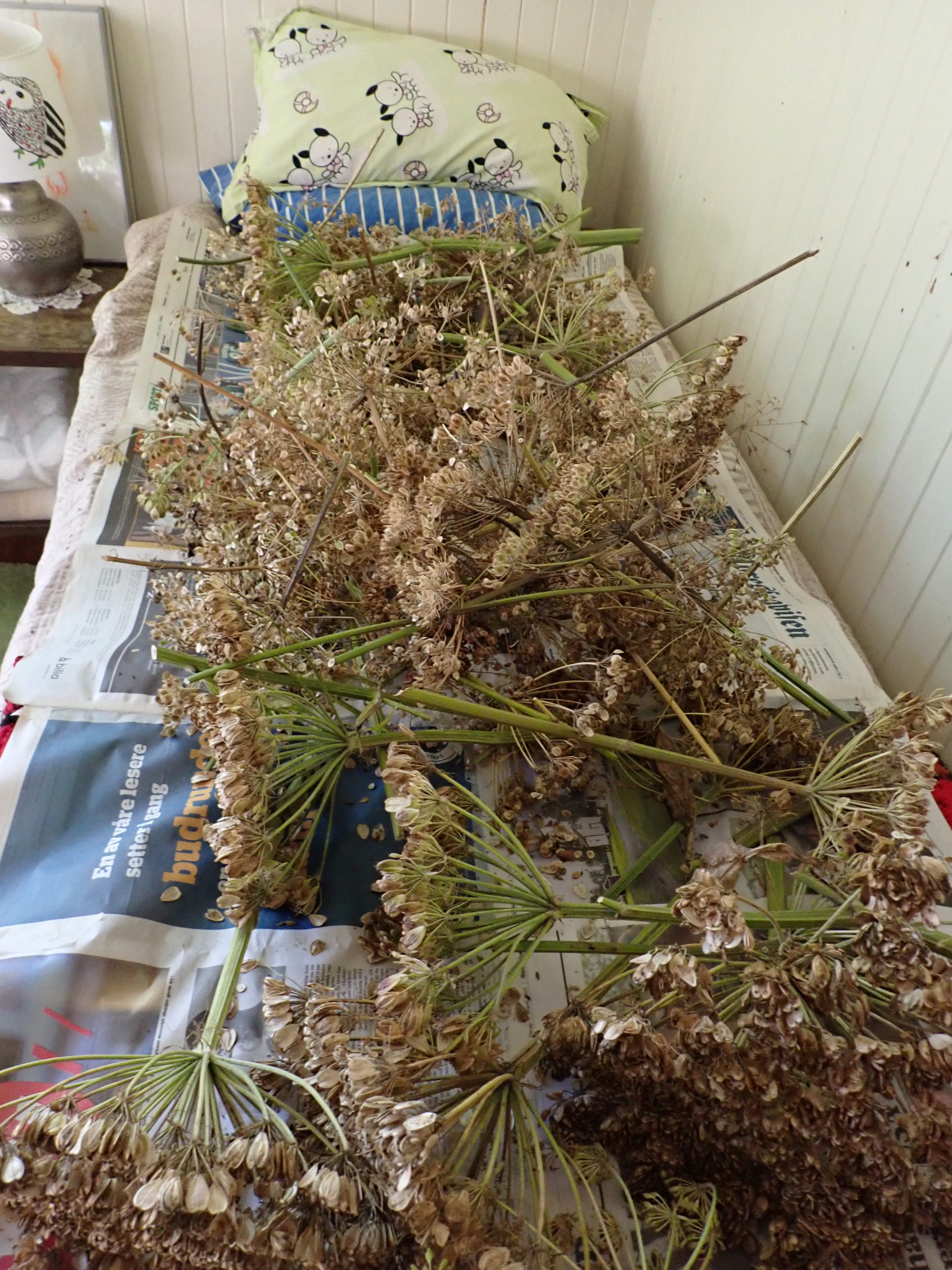 Otherwise, we used courgette, nettle, chili and Hitra Blue organic cheese!
Otherwise, we used courgette, nettle, chili and Hitra Blue organic cheese!

